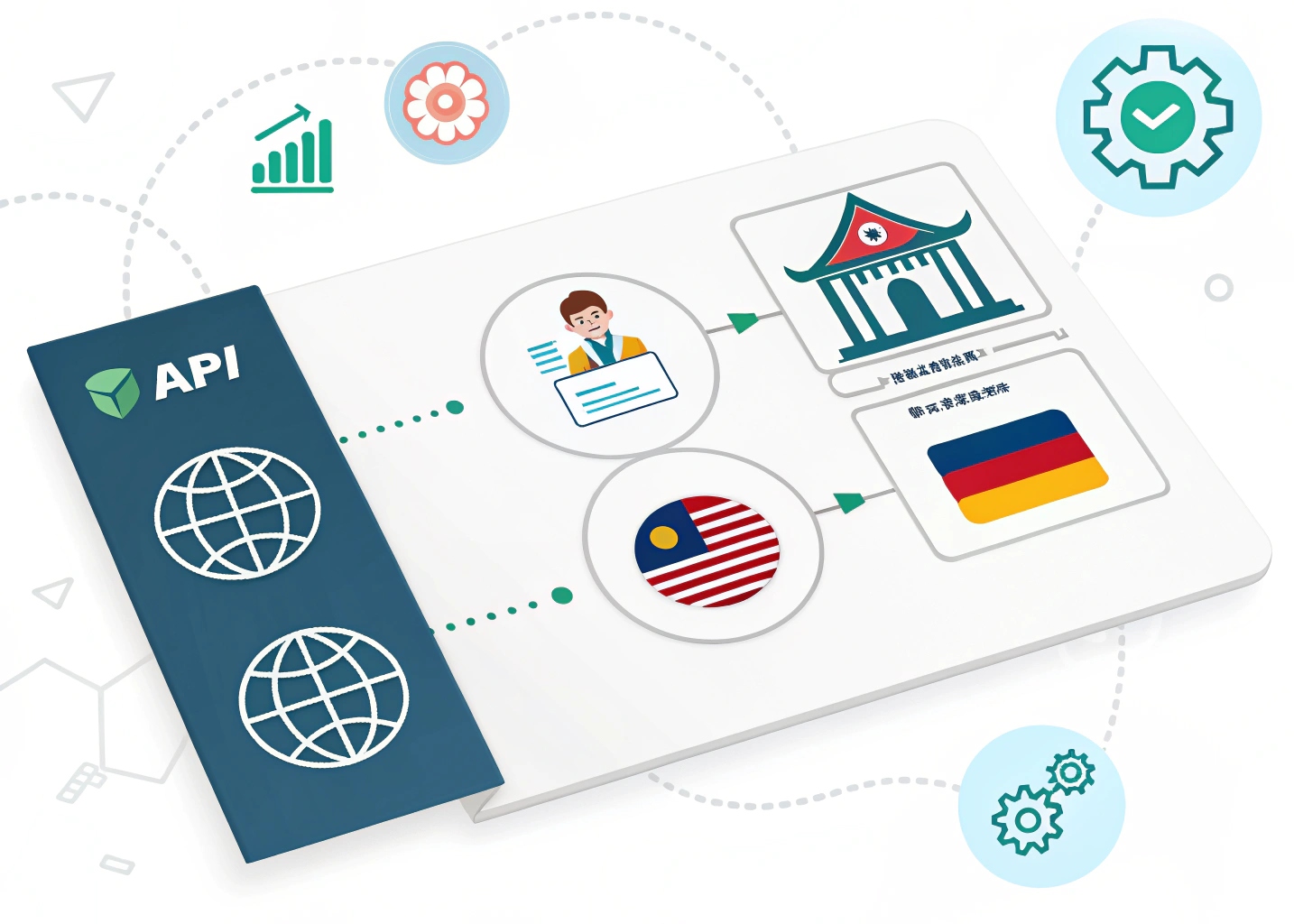Best Practices for Professional Translation: A Comprehensive Guide
 Translation Team
Translation Team
Best Practices for Professional Translation: A Comprehensive Guide
Professional translation requires more than just converting words from one language to another. This guide explores essential best practices that ensure high-quality, accurate, and culturally appropriate translations.
Understanding the Source Material
Before beginning any translation project, it's crucial to:
- Thoroughly read and understand the source text
- Research industry-specific terminology
- Identify cultural references and idioms
- Clarify any ambiguous content with the client
Key Translation Best Practices
1. Maintain Accuracy and Consistency
- Use translation memory tools to ensure terminology consistency
- Create and maintain glossaries for specialized terms
- Double-check numbers, dates, and proper nouns
- Implement quality control processes
2. Consider Cultural Context
- Adapt content for target audience cultural norms
- Be aware of cultural sensitivities
- Localize measurements, currencies, and formats
- Adjust examples and references for local relevance
3. Preserve Original Meaning
- Focus on conveying the message rather than literal translation
- Maintain the original tone and style
- Keep the same level of formality
- Preserve technical accuracy in specialized content
Quality Assurance Process
Implementing a robust QA process is essential:
-
Initial Translation
- Professional translation by subject matter experts
- Use of CAT tools and translation memories
- Reference to style guides and glossaries
-
Review and Editing
- Peer review by another translator
- Editorial review for style and flow
- Technical review for specialized content
- Final proofreading
-
Client Review
- Incorporate client feedback
- Address any concerns or preferences
- Maintain clear communication channels
Technology and Tools
Leverage modern translation tools:
- Translation Management Systems (TMS)
- Computer-Assisted Translation (CAT) tools
- Quality assurance software
- Terminology management systems
Conclusion
Following these best practices ensures high-quality translations that effectively communicate your message while respecting cultural nuances and maintaining professional standards. Regular review and updates of these practices help stay current with industry developments and client needs.